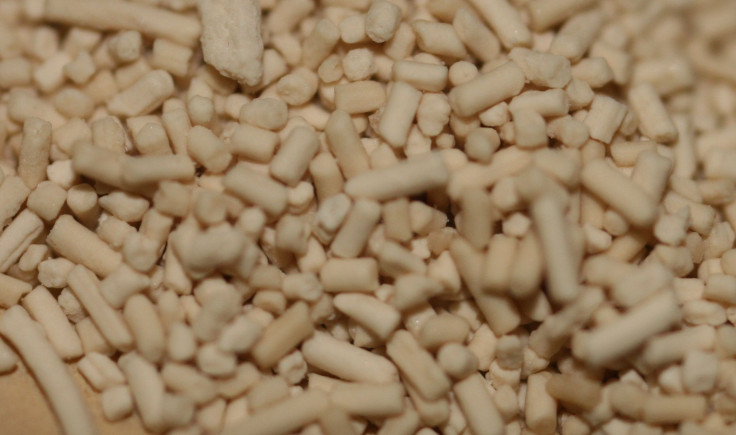Human-Yeast Hybrids May Bring New Insights To Genetic Diseases

Yeast has been making our dough rise and our beer alcoholic for centuries, but for an even longer time yeast has been a distant relative, sharing some of the same genes as humans. Now, a new study shows just how interconnected we all are; despite over a billion years of evolving on our own, scientists were still able to swap out yeast’s genes for human genes, without killing the fungus.
About a third of a yeast cell’s genes have human counterparts, genes that performs the same or similar functions, according to Science magazine, and about 32 percent of the amino acid sequences in similar human and yeast proteins overlap. Knowing that, researchers from the University of Texas sought to determine whether they’d be able to replace some of yeast’s genes with their human equivalents.
They focused on genes yeast couldn’t live without, such as those responsible for metabolism or disposing of waste. In the 414 genes they chose to replace, they either turned the gene down, off, or removed it completely, then added the human counterpart. The transfer was considered a success when the yeast continued to grow on its plate — thus becoming a yeast-human hybrid. Of all the genes, they found about 47 percent could survive with their human replacements.
“Cells use a common set of parts and those parts, even after a billion years of independent evolution, are swappable,” said Edward Marcotte, professor in the university’s Department of Molecular Biosciences, in a press release. “It’s a beautiful demonstration of the common heritage of all living things.”
Aside from the fact these yeast cells remained alive, the researchers also found that it wasn’t the gene sequences that determined which genes were most likely to swap successfully. Instead, it was the modules these genes were a part of — the groups of genes that worked in tandem to accomplish specific functions, such as producing cholesterol to build cell walls.
The findings could also help scientists studying genetic diseases see how mutations affect a person’s health. By inserting the mutated gene into yeast, they’d be able to see if the gene is related to the disease or not, and possibly even develop drugs to treat the disease. “Say somebody is born with mutations in that gene,” Marcotte told NPR. “We might be able to test that specific genetic variant in this yeast system and make a fairly educated guess about whether that would lead to a clinical outcome or not.”
Marcotte said there could be thousands more common genes between humans and yeast. How many, though, will be left for future studies to find out.
Source: Kachroo A, Laurent J, Yellman C, Meyer A, Wilke C, Marcotte E. Systematic humanization of yeast genes reveals conserved functions and genetic modularity. Science. 2015.



























